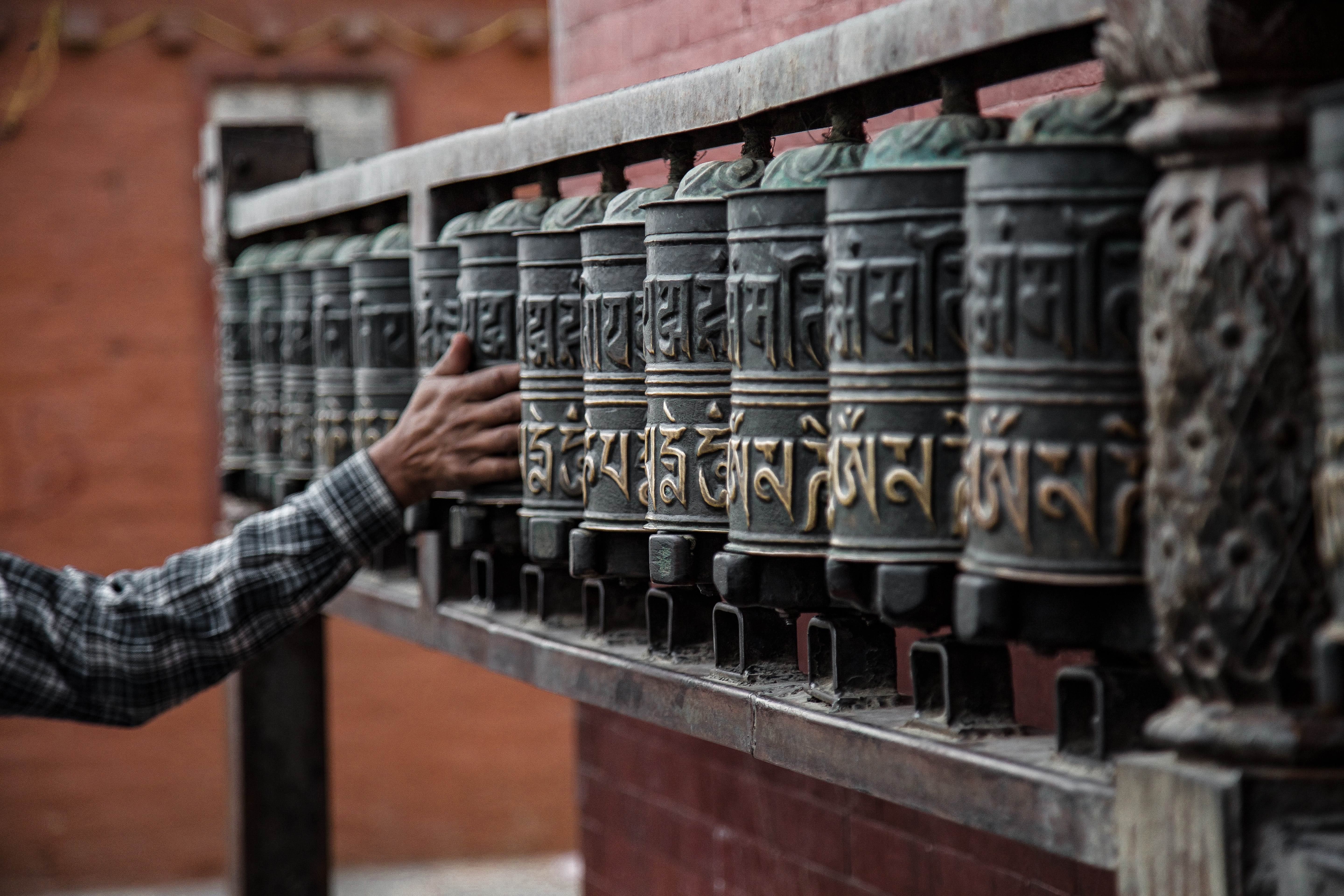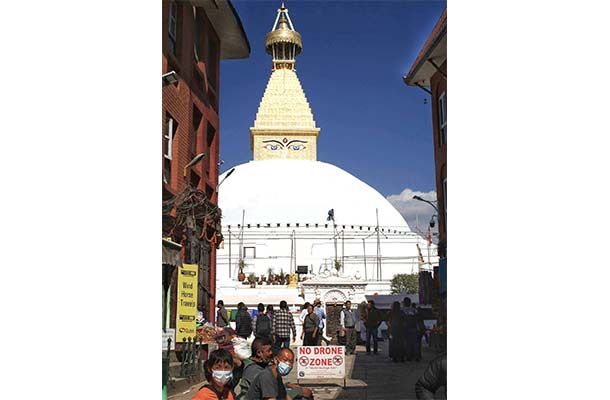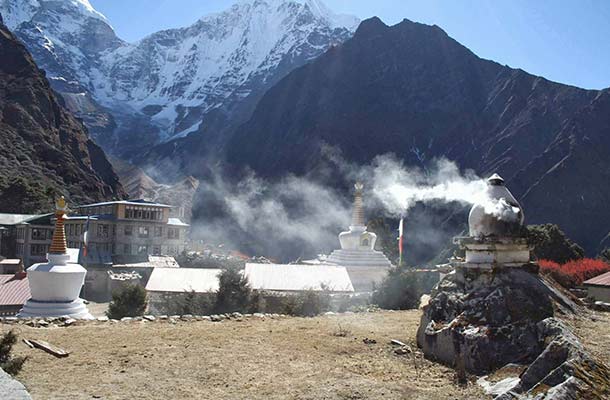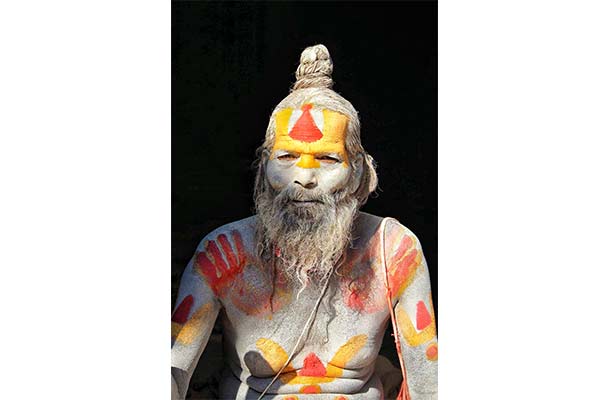A Photographer’s Guide to Culture and Etiquette in Nepal
Visiting Nepal can be both exciting and overwhelming as a photographer. Casey Horan shows you how to be respectful of the local culture while chasing that perfect shot.
 Photo © Christopher Burns
Photo © Christopher Burns
The fragrant smoke of incense and turmeric swirls in the air around you. A monk crosses a dusty road in his saffron robe.
In Nepal, the sensations around you are overwhelming, to say the least – and finding yourself in such a visually inspiring environment can be incredibly exciting for photographers of all levels. Due to Nepal's geographic location, you’ll be exposed to a plethora of cultures, beliefs, and environments.
But before you hit click, be mindful and respectful of the local culture.
- Photography and Dress Codes in Religious Centers
- Be Respectful
- Protect your Equipment
- How to Approach Subjects
Photography and dress codes in Nepal’s religious centers

Nepal has a population of both Buddhists and Hindus. When visiting any temple, it’s important to adhere to the dress code.
As a rule of thumb, don't wear tank tops, skirts, or revealing clothing. I always bring a sarong in my pack just in case I need to drape it around my legs or arms.
As far as photography goes, always pay attention to the signs. Though they may not be in English, there will usually be tourist-friendly, as we are the ones who photograph most.
In some parts of Nepal, photography is completely prohibited, in some places, it's allowed (for a fee) and in others, it is freely permitted.
When in doubt, ask a local or the person at the ticket counter beforehand, and always keep in mind that these are places of worship.
Make sure you have your sound turned off so you don’t distract those in prayer.
Be respectful

Many Nepalis are fascinating and friendly people. Undoubtedly, you’ll want to take photos of everything.
But remember that you’re a guest in their country, and it’s important to show respect to all people. Don’t cross any personal boundaries just to get the perfect shot.
In some areas like Durbar Square, the elaborately adorned Hindu Swamis will – without hesitation – pose for your photo (though they may ask you for money).
In the Himalayan region, on the other hand, a porter carrying a load twice his weight up the mountain – though remarkable to see – is just trying to work and doesn’t want to be photographed each time he passes a trekker.
Protect your equipment

Whether you’re in the busy unpaved streets of Kathmandu, or trekking among the snow-capped Himalayas, there’s no denying that Nepal can be a rugged environment for your camera.
Many travelers tell tales of permanently damaging their gear at high altitudes. One of the most commonly reported issues is unusual battery draining.
There's no worse feeling than getting your first glimpse of Mount Everest, only to discover your battery has died.
Pack extra batteries and if possible, get insurance on your camera and treat it with extra care in the cold.
Don’t forget a travel adapter for your charger and remember to clean your gear frequently – you’ll often be around dust and smoke.
Finally, don’t forget to pack extra memory cards, because you’re going to be in photo heaven.
How to approach subjects

Photographing people is fully dependent on your personality and photographic approach. Personally, I prefer the art of sly, non-obtrusive, candid photos.
Otherwise, my advice is to ask the subject. Try a universally-understood, non-verbal gesture at your camera, or simply ask: “Can I take your photo?”
Being upfront and polite can clear up any miscommunication.
Case in point: while trekking through a small village, a Nepali woman passed me with her Yak. She was wearing beautiful traditional attire, Mount Everest posed as the perfect background – perfect for a shot.
I motioned to my camera and asked if I could take her photo. I received an unexpected and very clear “NO” as she covered her face.
Though embarrassed, I was glad I asked – rather than disrespect or ruin this woman’s day.
Lesson learned: Tread lightly.
Related articles
Simple and flexible travel insurance
You can buy at home or while traveling, and claim online from anywhere in the world. With 150+ adventure activities covered and 24/7 emergency assistance.
Get a quote
No Comments